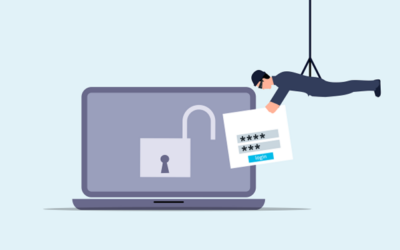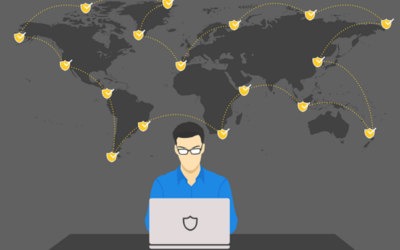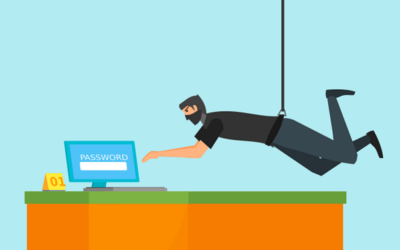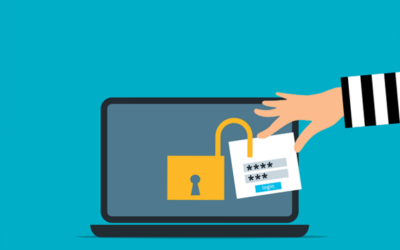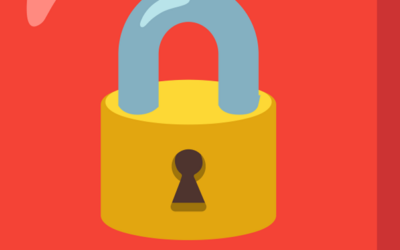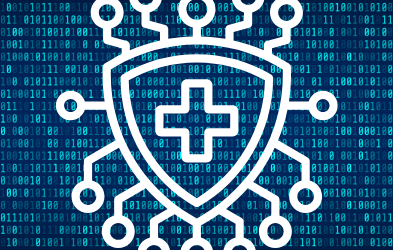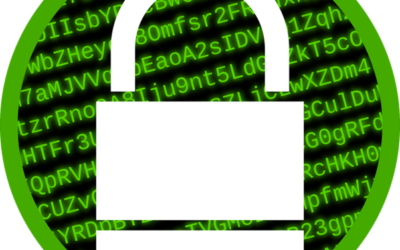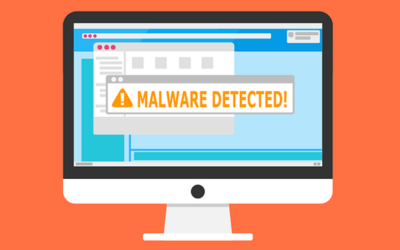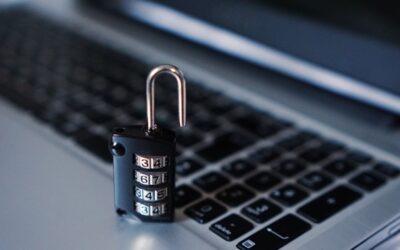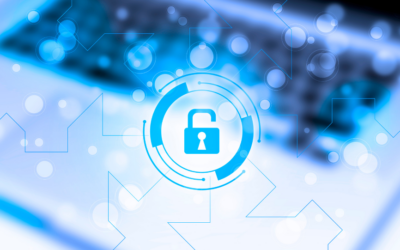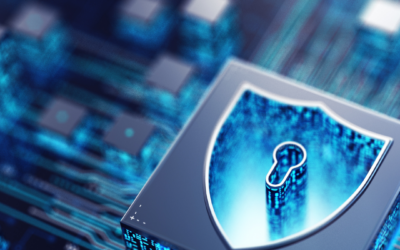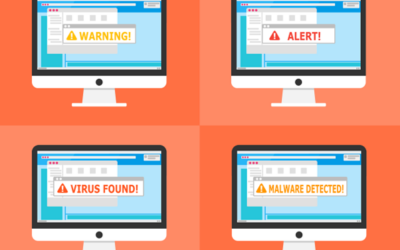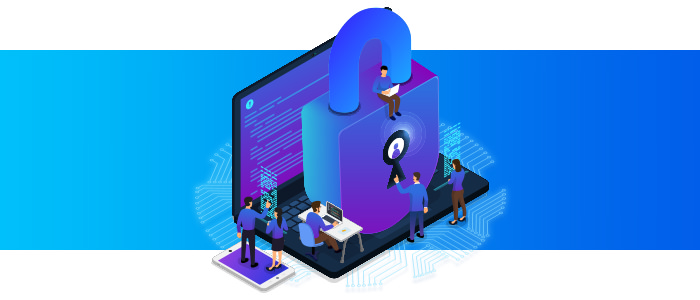
Multi-Factor Authentication 101
You have probably already come across the term multi-factor authentication. The concept is not new but has caught on as of late. In this post, we will discuss what this type of authentication is and why you should be adopting it.
What is multi-factor authentication?
It is the use of more than one credential to gain access to data. It is a combination of multiple access credential types. For example, instead of gaining access to an email account by just typing your username and password, you will be asked to further verify your identity by entering some other information. Such as a pin or a one-time password (OTP) sent to the phone number linked with the account’s email address.
Why do you need multi-factor authentication?
This type of authentication offers an additional layer of security. Simple access control measures such as logging in with user ID and password are increasingly being breached by cybercriminals because no matter how much we condition ourselves to follow good password hygiene, sometimes, we slip up.

Multi-factor authentication can help prevent cybercrimes that happen due to leaked/hacked passwords.
How does it work?
To make this authentication work it depends on a combination of the following three elements.
- What you know
- What you have
- Who you are
The user must prove their identity by answering the questions related to each of these three elements. User IDs, passwords, secret questions, date of birth, etc., fall in the first category (What you know). At the same time, OTPs sent to your smartphone, a physical token, or an access card belong to the second category (What you have). The third category (Who you are) includes biometric authentication such as retina scan, fingerprint, etc., or voice recognition.
Multi-factor authentication is no guarantee of data safety, but it certainly reinforces your data security. While there are tools available in the market that you can purchase and deploy, you could also connect with Wahaya IT to help you implement multi-factor authentication across your network smoothly.
Want to learn more to improve your organizations infrastructure? Contact us.



